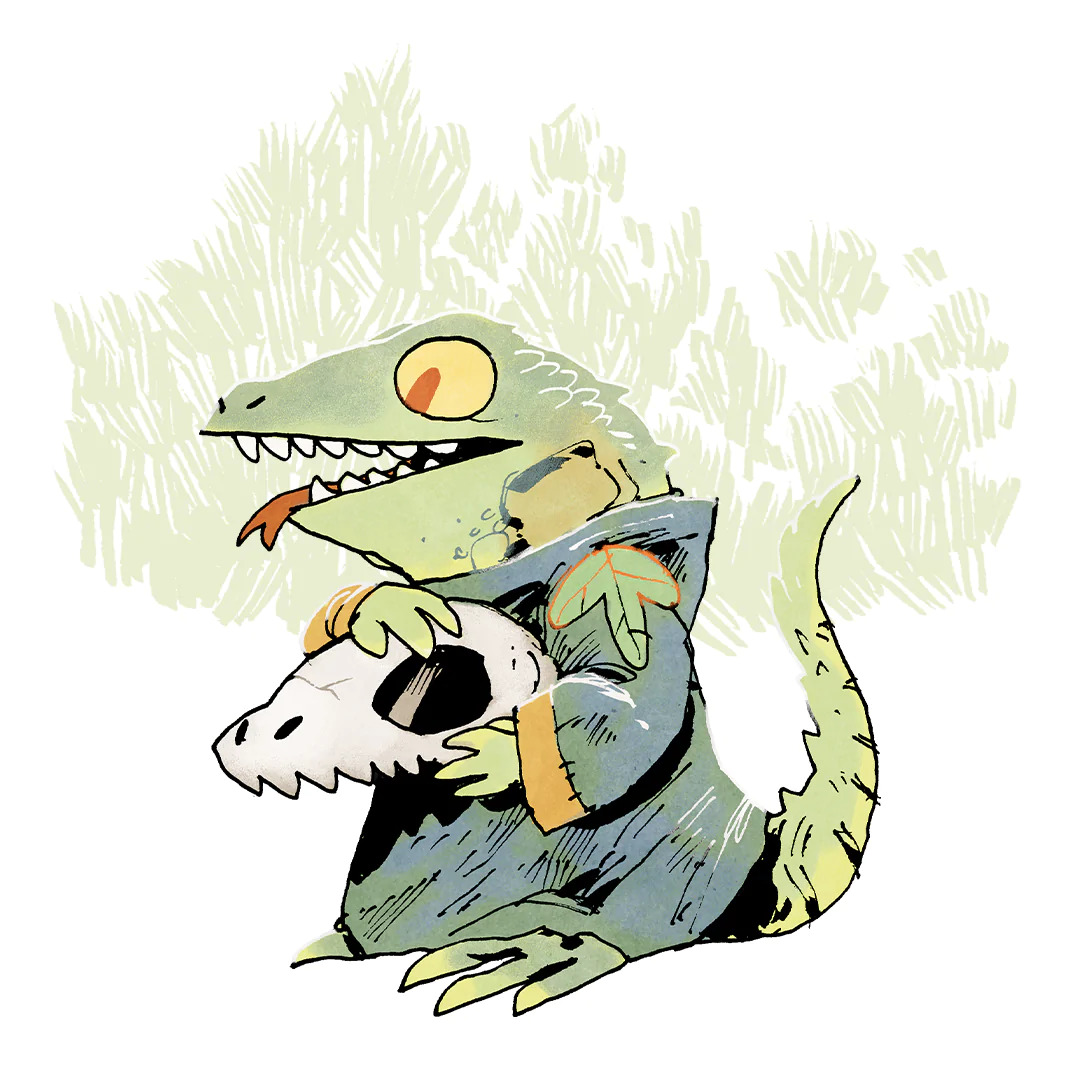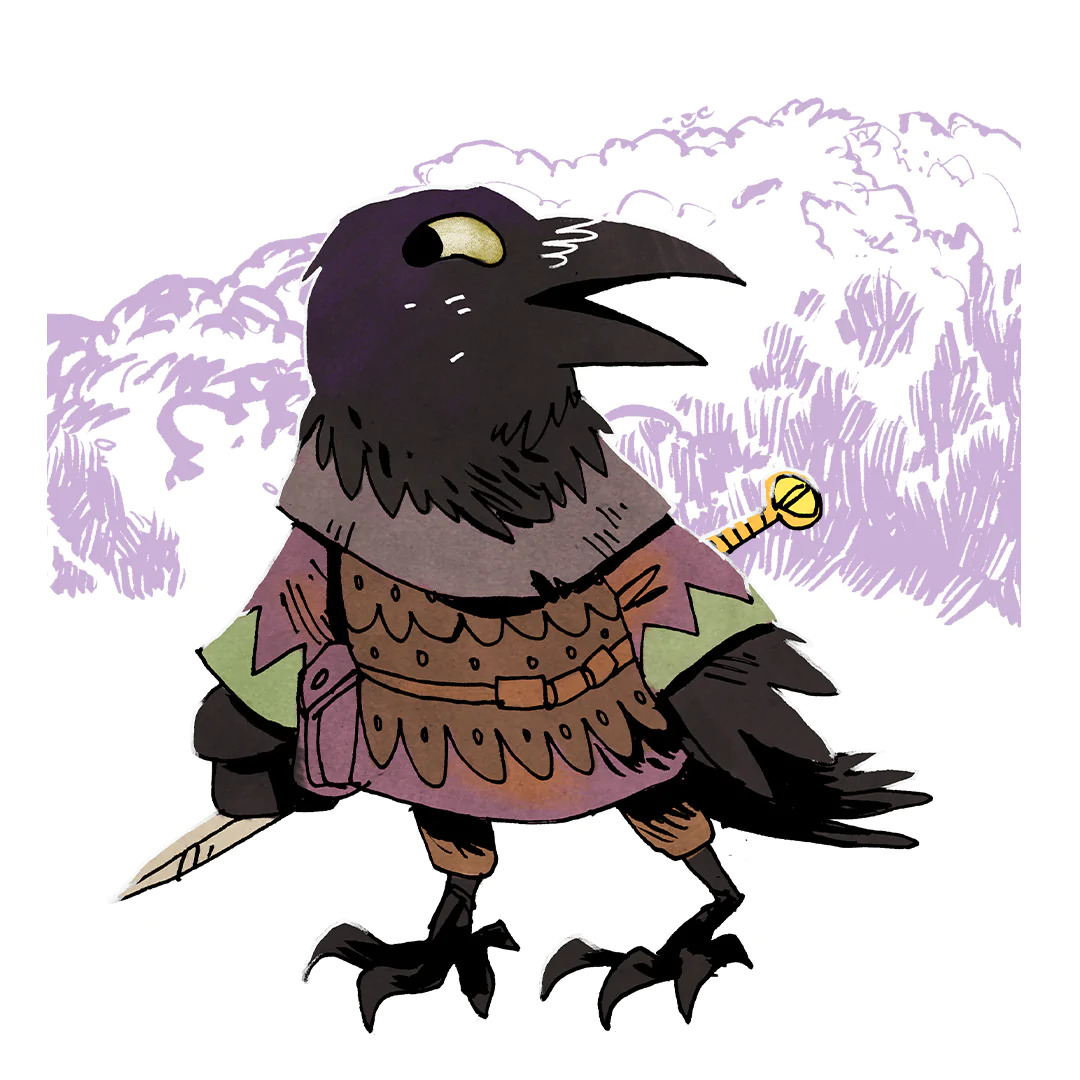Welcome back, intrepid Woodland Warriors, to another edition of Turn Order Talks Root (that’s not real, I just made it up. Darn, it’s kinda catchy). Previously, we reviewed Root, and then discussed what COIN and Wargames are, how Root relates to them, and why you should consider trying Root out as a way to expand your wargaming experiences. This time, we’ll be taking a look at the first two widely available expansions for Root: The Riverfolk expansion and the Underworld expansion. We’ll be discussing what each expansions brings to the table, the various new factions they introduce, and I’ll deliver my Hot Take on which expansion you should buy first (spoiler: it’s Complicated).
As a note, at the time of this writing, the newest expansions for Root, the Marauder and Hireling expansions, are not widely available for retail. We’ll be reviewing them at a later time, but for now I am keeping this review based on this question a real person has probably asked maybe once somewhere in the universe:
“I bought Root and my group loves it. I saw there are expansions. Which should I buy from my FLGS/Amazon next?”
Buckle up.
Taking a Trip Down River: The Riverfolk Expansion
Root’s first expansion, the Riverfolk Expansion, contains 2 new factions: The Riverfolk Company (hereinafter called “The Otters”), Lizard Cult (“Lizards”, kinda self-explanatory), and the ability for a player to assume the role of a Second Vagabond. It also includes the first iteration of the Mechanical Marquise, Root’s co-op/solo mode, but for the sake of this review we aren’t going to talk about it much (as I will be reviewing all of the Clockwork stuff later). An interesting note about this expansion is that it is considered the ‘complete’ addition to Root’s base game, where Cole Wehrle intended these factions to create the ‘core’ set of Root factions (Cats, Birds, Woodfolk, Vagabond(s), Lizards, and Otters).
There are a lot of ways this become evident from the way these particular factions change and add to the game. It’s also why this expansion lacks things like maps, new game modes, or alterations to the core game; it was intended to compliment the base game without bloating the initial run.
Let’s break down what these two new factions do:
The Otters are a “negotiating” faction, who offer various services and goods to other players, with the upside being that providing temporary aid or services to one player will always benefit yourself, and in the end will also allow your force to accrue strength and VP sneakily. The Otters change the base game of Root quite severely, because they will have a definite impact on your table based on the answer to a simple question: does your play group entertain negotiating in game, or are they boring? If the answer is “they are boring,” then the Otters are a dead faction and dead weight to your game. While they can absolutely still win without players taking advantage of their services, it becomes a slog and very, very boring for the player at the helm of the Riverfolk Company main office.
[Ed: This happened to me once, and it’s a bummer. It should be rare, however, as basic math means that if no one is taking your aid the first player to do so gets a huge advantage.]

Assuming your playgroup will actually entertain the idea of playing a board game with various asymmetrical powers rather than just trying to smash pieces against one another, the Otters can truly make for some swingy and exciting games. You may ask: “There isn’t really money in Root, so what do Otters use for pricing?” and the answer is other faction’s units, which they can then use for their own ends in various ways. I really enjoy the Otters when they get to the table with good sports, because the slight negotiating to push you own luck or secure an early victory that may have repercussions later is something other factions in Root don’t offer, and also allow for a level of player interaction that isn’t just fighting against one another.
The Lizards, on the other hand, are a faction that are as complicated as they are entertaining in the right hands. If you have a player who likes to Cause Problems but not always win, the Lizards may be for them. The issue with the Lizards is that while they do have board presence, they have very limited ‘Reach’. Reach is Root’s term for the direct impact a faction has on the board state. Most martial factions, like Cats and Birds, have high Reach, while others have low Reach, meaning that they aren’t going to work in certain player set-ups .
In fact, Lizards have lower Reach than the Woodland Alliance, a faction that actually has no board presence. The Lizards interact with the cards that are the heart of Root’s overall actions, and particularly cause a lot of chaos with discard piles. Suits matter a LOT to the Lizards, and they are still one of the most shocking factions in terms of VP acquisition in a single turn. Players who don’t play attention to Lizards in capable hands might be shocked when Lizards go from last to first seemingly out of nowhere.

The biggest issue with the Lizards is that they are not particularly user friendly. Lizards work best in the hands of players who are very familiar with Root-the-game, not just the faction itself. Paying very close attention to what people are discarding and when, how to set up your gardens, and how to avoid getting noticed at the wrong time are key to the Lizards winning. However, in play, I’ve found that the Lizards are really good at causing chaos and problems for other players, but also rarely ever getting a W without much luck. It is indeed possible, just…difficult. They’re a very fun faction (one of my personal favorites) but aren’t overly intuitive from the get go, and their low Reach potential and likelihood to lose outright most of the time can make them a hard sell to play to anyone who isn’t a good sport.
The Second Vagabond is one of the most interesting additions. It doesn’t change the role at all, but simply offers tools for a second player to pilot your favorite annoying Raccoon (or other animal) around the board. Something I’ve found with this addition is that it can actually make introductory games of Root a lot easier: hand two players the Birds and Cats, and then give the other 2 (perhaps yourself) a Vagabond, and you’ve got one of the best ways to get the game going. 2 Vagabonds also offers some interesting options for higher player count games, which this expansion does open up (although, let me be really, really clear: 5 and 6 player Root is, what I like to call, “not fun.” Play a different game.)
Making Mountains Out of Mole Hills: The Underworld Expansion
Root’s second expansion, the Underworld expansion, delivers 2 more factions and a new map, providing more options for gameplay flow—especially with more players. Again, please, I beg of you not to play 6 player Root. Just play Cosmic Encounter.
The two factions in this expansion are the Underground Duchy (Moles) and the Corvid Conspiracy (Crows), and much like the previous expansion give you one ‘direct’ faction and one ‘indirect’ faction to play with. Perhaps the best selling point of this set is not actually the new map–it is nice, but I’ve honestly rarely ever used mine–but literally just the Moles themselves. They offer a lot of variety, which we’ll talk about in a moment, but they are also the only non-base game faction so far to have enough Reach to offer more options than just always relying on Cats and Birds to fill your games.
But let’s talk about the factions themselves first, before I give away some of my thoughts on which expansion to prioritize:
The Moles are a martial faction that look to take control of the board through subterfuge and direct combat. They’re a very interesting faction that stats fairly weak and can explode with power in the late game, especially if players aren’t careful enough about curtailing their buildings and expansion. The Moles accrue more actions over time thanks to how their player board works, meaning that they go from starting with only 2 actions per turn to potentially six actions if left unchecked. Moles can, and will, take over games of Root very fast if they are ignored.

Their ability to pop up around the board through tunnels adds a lot of obvious thematic flavor (they are, after all, Moles) but also makes them strategically interesting. A Mole player with enough momentum can appear literally anywhere on the board with a sizeable force of warriors that will likely win any combat with ease, meaning that trying to look for just the obvious play of where they might move next can make strategy fun and tricky. Very similar to the Cats and Birds, the Moles want to win the game by force, and their secondary VP objectives compliment that style of play.
The Crows, however, are… Odd.

Like I mentioned with the Lizards, the Crows are best suited to players who Just Like to Have a Good Time, because they are probably not winning this game of Root. They can win–easier than the Lizards by a mile–but have a similarly odd style of interacting with the game and other players. Crows place face-down markers that benefit the Crows when activated, unless opposing players figure out their scheme. If players guess the tokens correctly they do nothing. This sounds fun in theory, but it sometimes just… doesn’t matter.
Picking the wrong type of Plot, or having your Plot guessed, can be kind of deflating. Corvids can create a lot of chaos on the board, but their actual strengths are hard to initially see, and require some well-planned ideas (and luck) to actually accomplish. However, unlike the Lizards, the Crows are actually fun to play at almost any skill level, and while more experienced players (or players who enjoy subterfuge) might enjoy the Crows more, I find them really amenable to newer players as well. They, like the Otters, bring an unusual level of player interaction into the mix with the Plot guessing game, but benefit from this not requiring any sort of ‘negotiation’ to happen at the table level.
Crows place the Plots, and players must interact with them. So as long as the Crow player is having fun, I suppose that you’ve made a good choice in assigning players to factions. Unlike the Duchy, they’re a very low Reach faction (literally just 1 higher than the Lizards), so they really only fit into larger, bigger reach games, but can easily take the place of factions like the Woodland Alliance in a 3 player game, especially if a player doesn’t quite get (or like) the hands-off the board style of play that Woodland Alliance engage in.
So, What are You Buying?
My actual suggestion for this is a lot simpler than it seems, but it boils down to a specific Hot Take about board game players and groups:
Players that hate negotiation in board games to the point of denying experiencing a game to it’s full potential are frustrating and also very common.
If you play with people who hate negotiating, don’t buy the Riverfolk expansion, unless you think you ABSOLUTELY need the second Vagabond. Otherwise, there’s nothing in this expansion worth your time. The Lizards are one of the weakest and weirdest factions in Root, and the Otters, without anyone willing to engage with them in their negotiating and shopping mechanic, are dead weight. The only thing you’re getting out of this expansion at that point is a second Vagabond, which is frankly a waste of money.
This isn’t to say that I prefer Underworlds over Riverfolk. Actually, the opposite is true: I think the Riverfolk expansion is the better buy, but I’ve had numerous bad experiences with playgroups that just refuse to engage with the Otters at all, ruining the overall fun of the game for the Otter player (often myself, frankly), and just refusing to engage in a richer gaming experience for it.
The actual issue is that, if I were to recommend either of these expansions, I vastly prefer what the Otters add, but know that a lot of players will have a hard time getting them to the table. In that case, the Underworld expansion is a better bet. The Duchy are a nice addition to the game, and allow 2 player and 3 player games to rotate out the Cats and Birds for some much needed variety at lower player counts (since you need 18+ Reach at 3, this often meant that the Cats were a must at 10 Reach.) I do also very much enjoy the Corvids, and depending on your group’s comfort level with the game, might find the Crows a great addition for a player who maybe wants to play and compete, but also wants to get a little Weird with things (but doesn’t want to deal with the Lizards, which, fair).
Sooooo… What’s my actual recommendation?
I think that I’d actually recommend the Underworld expansion first, and then the Riverfolk expansion. Despite my love of the Otters and Lizards, I think that the Duchy and Corvids provide a lot more straightforward playstyles that might feel more accessible. Again, if your group likes the idea of negotiating, I would ABSOLUTELY beg you to get the Riverfolk first. The Otters are so much fun when players allow them to participate in the game, and create some of the most memorable games of Root I’ve ever played.
If you feel your experience with Root is going to be more Martial based, in the sense that you just want factions to smack against each other, then my recommendation is actually to get neither of these, and wait for the Marauder expansion, which fulfills the desire of many players who want Root to just be 4 High Reach factions slamming into each other over and over again.
But Wait, There’s 1 More Expansion…
So, there’s actually one other expansion that I didn’t mention here. It may actually be the most important expansion to Root, to the point that you should get it before getting any other expansion. And, it is…
The Exiles and Partisans deck allows you to completely replace the deck of cards that comes in the base game of Root. This adds so much variety to the game, and so many different options, that if there were one single thing I would suggest buying for Root, it’s this deck. It helps expand the game in a variety of ways by giving more variability to what cards you can expect to see, but also how they work or are tuned to various factions and powers. The deck is honestly so good that I would recommend getting it before ever ‘getting tired’ of the base set of cards–it really is a fantastic upgrade to the game experience, and one that you should consider if your gaming group has really taken to enjoying Root. There is even a fair argument to be made that this deck is a better overall deck to play with than the base game deck, but I’m not quite in the camp that I think it requires it to be immediately swapped out for this one. I really recommend learning Root, enjoying it, and then expanding with this deck if you think Root is your speed.
To wrap up, the world of Root is vast and quite expansive. It can be easy to fall into the trap of buying all the expansions in one go, in some sort of ‘I need to get the entire game in one swoop or I’m missing out!’ style of hysterics, but the reality is that the base game of Root itself is more than enough to keep you busy and entertained for quite some time. Then, once you’ve decided Root is absolutely the game you want in your collection and play all the time, you should expand it. Start with either of the two here that you think more directly fits your group immediately: if your group hates negotiating, don’t get Riverfolk, and also pick up the Partisans and Exilles deck. You will bet set for many, many more months and sessions of Root excitement before you need to start worrying about getting the expansion you didn’t pick up yet, or worrying about the new expansion on the horizon for retail soon.
But, well, about those expansions?
You’re gonna want to tune in for our discussion of them soon.
Until next time, Woodland Wanderers, keep the asymmetry flowing and enjoy your cute warfare amongst the trees.


